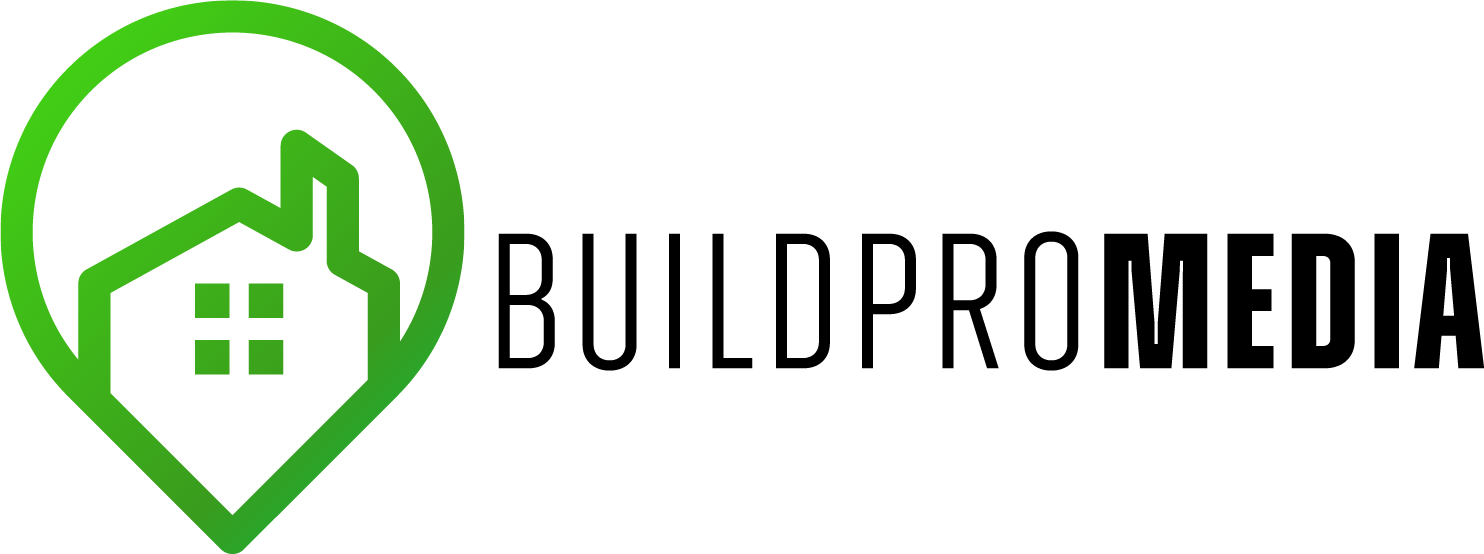When it comes to pest control, timing is everything.
People aren’t searching for mosquito control in December or mouse-proofing in July. They’re searching based on what’s bothering them right now. And if your website content doesn’t reflect the pests that are active in your area at that moment—you’re missing a huge opportunity.
That’s where seasonal SEO comes in.
By aligning your content strategy with the times of year when specific pests are most active, you can stay relevant in search results, show up before the competition, and keep the leads coming no matter the season.
In this post, we’ll show you how to create a rotating, year-round SEO strategy that follows pest activity—and brings in the right traffic at the right time.
Know Your Local Pest Calendar
Before you start planning content, you need to understand when pests are active in your area. Every region has its own pest patterns—what’s swarming in Florida in March might not show up in Michigan until May.
Start by building a simple month-by-month pest calendar. Think about which bugs, rodents, or critters your customers complain about most—and when.
Here’s a basic breakdown to customize for your area:
- Spring: Mosquitoes, ants, termites (swarm season), carpenter bees
- Summer: Wasps, spiders, fleas, ticks, flies
- Fall: Mice, rats, cockroaches, stink bugs
- Winter: Rodents, silverfish, indoor pests, bed bugs
You can also use tools like Google Trends or search console data to see when specific pest-related searches spike in your region.
Once you’ve got your local pest calendar dialed in, you’ll know exactly what content to focus on—and when to publish it.
Create Targeted Landing Pages by Pest and Season
Every major pest deserves its own page—and ideally, that page should speak to when the problem is most urgent.
If someone searches “mosquito treatment in April” or “get rid of mice in fall,” they’re looking for fast, relevant help. A single generic “Pest Control” page won’t cut it. Instead, build individual landing pages for top pests in your region—and tailor the content to the season when they’re most active.
For example:
- “Spring Mosquito Control in [City]”
- “Wasp Nest Removal Services for Summer”
- “Fall Rodent Prevention in [County]”
- “Winter Pest Inspections for Homes in [Region]”
Each page should:
- Focus on one pest/problem
- Include seasonal language and location-specific terms
- Highlight prevention + treatment options
- Feature a strong call to action (“Book a Spring Mosquito Spray Today!”)
These seasonal pages don’t just improve SEO—they speak directly to what your customers need right now.
Plan Blog Content Around Pest Seasonality
Your blog isn’t just a place to drop updates—it’s a powerful tool for driving timely traffic to your website. And when it comes to pests, timing is everything.
Use your local pest calendar to guide your blog topics throughout the year. Think about what questions your customers are asking before pests become a problem, then create content that answers them.
For example, don’t wait until mosquitoes are already swarming—publish a post in early spring with tips on how to prevent them. In late summer, write about signs of rodent activity before the cooler weather drives them indoors. If termite season hits in April where you live, start pushing educational content in March.
These types of blog posts do three things:
They build trust, improve your search rankings, and give you content you can share in emails or on social media to stay top of mind.
Consistency is key. One or two well-timed blog posts each season can keep your traffic strong—and your leads steady—year-round.
Optimize for Local + Seasonal Keywords
If you want your content to show up when people need it most, you have to speak their language—and that means combining what they’re searching for with when and where.
Instead of just targeting broad keywords like “ant control,” think in terms of how real people search:
“Ant control in [City] this spring” or “get rid of summer wasps [City].”
Seasonal keywords help Google understand your content’s relevance right now, while local keywords help you rank for searches in your service area. When you combine the two, you increase your chances of landing in front of customers who are ready to book.
Make sure these keywords show up naturally in your:
- Page titles and meta descriptions
- Headlines and subheadings
- Body text and image alt tags
You don’t need to overstuff. Just write clearly, use natural phrases your customers would type, and always include your city or region when it fits.
The goal is simple: show up for the right searches at the right time in the right place.
Use Structured Data to Enhance Seasonal Content
Want to give Google a little extra help understanding your content? That’s where structured data—also known as schema markup—comes in.
Structured data is behind-the-scenes code that tells search engines exactly what your page is about. It doesn’t change how your content looks to visitors, but it can improve how your listing appears in search results, especially for local and seasonal services.
For pest control businesses, using structured data can help you highlight specific services (like “Mosquito Control” or “Rodent Removal”) and seasonal offers or FAQs. This can increase your chances of earning rich results—those extra bits of info that show up under your listing and make it stand out.
If you’re publishing a blog post about “How to Keep Mice Out of Your Home This Fall,” you can use structured data to mark it as an article, tie it to your service area, and reinforce that it’s relevant now.
Not a developer? No problem. Tools like Google’s Structured Data Markup Helper or plugins like Rank Math and Yoast (for WordPress) make it easy to add schema without touching code.
A little effort here can go a long way toward helping your seasonal content get noticed.
Promote Seasonally on Google Business Profile and Social Media
Your SEO efforts shouldn’t stop at your website. To really make the most of your seasonal content, you need to promote it where your customers are already looking—like your Google Business Profile and social media platforms.
Start by updating your GBP with seasonal posts. If it’s mosquito season, post something like “Now Booking Spring Mosquito Treatments in [City]” with a relevant photo or link to your service page. These quick updates keep your profile active and give Google fresh signals that your business is relevant right now.
Social media works the same way. Share your seasonal blog content, show behind-the-scenes photos of your team in action, and offer limited-time specials for specific pests. A quick post about “Preventing Mice This Fall” or “Top Tips for Termite Season” can remind past customers to call you again—and bring new ones your way.
Promoting seasonally helps you stay top of mind, reinforces your local authority, and gives your content more ways to drive results.
Wrap Up: Follow the Seasons, Stay on Top
Pest problems change with the seasons—and your SEO strategy should too. By aligning your content with the pests your customers are dealing with right now, you can stay relevant in search, bring in more traffic, and keep the calls coming year-round.
From building a local pest calendar to creating seasonal landing pages, writing timely blog posts, and updating your Google Business Profile—every piece of your marketing can work smarter when it’s tied to what’s actually happening in your service area.
Consistency is key. Get ahead of each season, publish content with purpose, and make sure your SEO strategy grows right alongside your business.
Need help planning seasonal SEO content? At BuildPro Media, we help pest control companies create high-performing, year-round content strategies that follow the bugs—and bring in the leads. Contact us today to get started.

